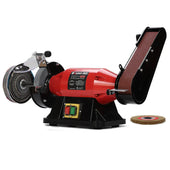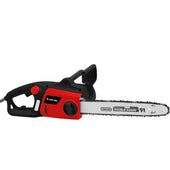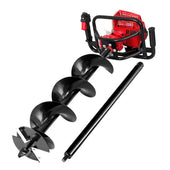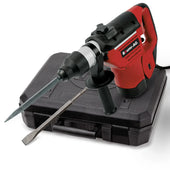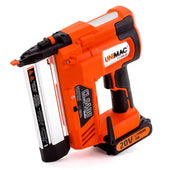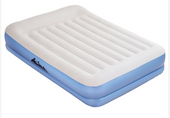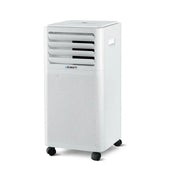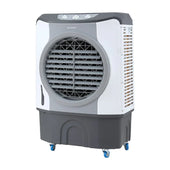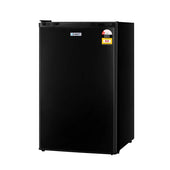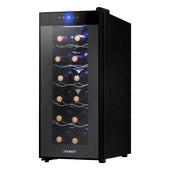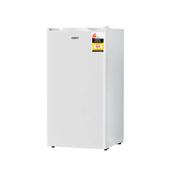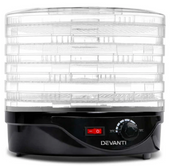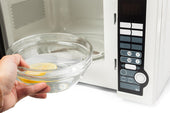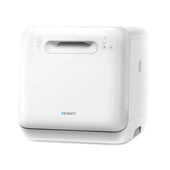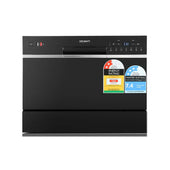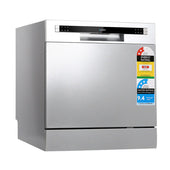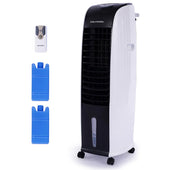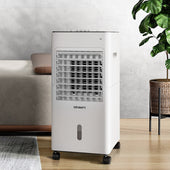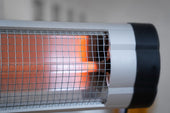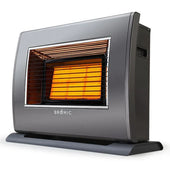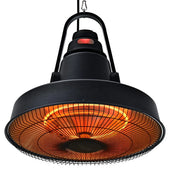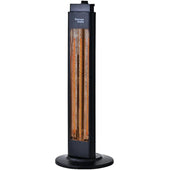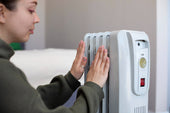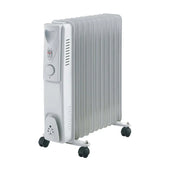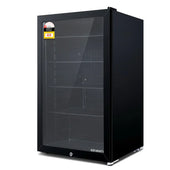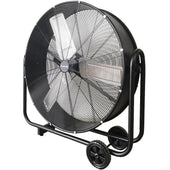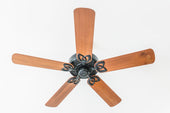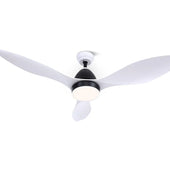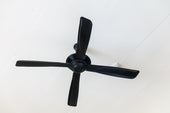Introduction: Understanding the Role of Kitchen Trolleys
Kitchen trolleys are versatile and practical additions to modern homes, offering both mobility and storage. They function as a bridge between form and utility, catering to diverse culinary and organisational needs. These portable structures can be used for storing kitchen essentials, serving meals, or even as compact workstations. Designed with wheels, they can be relocated effortlessly, making them ideal for dynamic kitchen spaces.
Their importance lies in their ability to optimise space, During Days, while adding functional value. From accommodating extra utensils to enhancing accessibility for daily tasks, kitchen trolleys redefine convenience. Choosing the right material, such as wood or metal, significantly impacts their longevity and use-case adaptability.
Wooden Kitchen Trolleys: A Blend of Classic and Rustic Charm
Wooden kitchen trolleys evoke a timeless appeal, effortlessly combining functionality with aesthetic warmth. Crafted from materials like oak, pine, or teak, they offer a robust build that can withstand everyday use while adding earthy tones to the kitchen. These trolleys often feature intricate grain patterns, enhancing their visual charm and making them a focal point in traditional or rustic interiors.
Key Features of Wooden Trolleys:
- Durability: High-quality hardwood ensures stability and longevity.
- Versatility: Complements diverse kitchen designs, from farmhouse to vintage.
- Customisation: Can be painted, stained, or varnished to suit individual styles.
Wood’s natural insulating properties also reduce noise caused by moving items, creating a harmonious kitchen environment that metal alternatives may lack.
Metal Kitchen Trolleys: Sleek, Modern, and Durable
Metal kitchen trolleys are valued for their contemporary aesthetic and robust construction. These trolleys often feature a polished or matte metallic finish, blending seamlessly with modern or industrial-style kitchens.
Benefits of Metal Kitchen Trolleys:
- Durability: Resistant to scratches, dents, and wear, ensuring long-lasting performance.
- Hygiene: Non-porous surfaces make them easy to clean and maintain, ideal for food preparation.
- Style: Minimalist designs add a sleek and professional touch to the kitchen.
- Load Capacity: Strong frames support heavier kitchen equipment without buckling.
However, it is worth noting that metal trolleys may heat up under certain conditions and might lack the warmth of natural materials like wood.
Comparing Aesthetic Appeal: Wood Versus Metal Trolleys
Wooden kitchen trolleys offer a timeless charm, often characterised by rich textures and warm tones. Their aesthetic complements rustic, traditional, or farmhouse-style kitchens. Finished wood showcases natural grains, adding a touch of sophistication to any space. By contrast, metal trolleys exude modern minimalism, with sleek lines and metallic finishes that suit contemporary or industrial-style interiors.
While wood evokes a cosy atmosphere, metal conveys a polished and streamlined look. Colour options for wood include earthy tones, while metal often features neutral shades like silver, grey, or black. The choice hinges on individual preferences and how the trolley integrates into the overall kitchen design.
Durability and Longevity: Which Material Holds Up Better?
When examining kitchen trolleys, durability is a key consideration. Wooden kitchen trolleys often rank high due to their solid construction and resistance to wear. High-quality hardwoods, such as oak or mahogany, are less prone to warping, especially when properly treated. However, exposure to excessive moisture can lead to swelling or degradation over time.
Metal trolleys, on the other hand, offer exceptional resistance to environmental factors like humidity and heat. Stainless steel, a popular choice for metal trolleys, provides resistance to rust and corrosion. Metal options are also less prone to physical damage, such as dents or scratches.
Ultimately, the expected lifespan depends on the usage and maintenance of the chosen material.
Maintenance and Cleaning: Wooden vs Metal Surfaces
Maintaining and cleaning kitchen trolleys depends significantly on the material used. Wooden surfaces require regular sealing or oiling to preserve their natural finish, protect against stains, and prevent water damage. They should be wiped with a damp cloth immediately after spills and cleaned with gentle wood-safe solutions to avoid damage. Excessive exposure to moisture can lead to warping or cracking, making proper care essential.
Metal surfaces, often made from stainless steel or aluminium, are usually easier to clean. They resist stains and moisture well and can typically withstand harsher cleaning agents. Regular wiping with a soft cloth and standard cleaning solutions helps prevent the buildup of grime. Metal’s durability makes it less susceptible to wear over time.
Flexibility and Functionality: Evaluating Storage Options
When assessing kitchen trolleys, the storage options play a critical role in determining their suitability. Wooden trolleys often feature shelves, compartments, and drawers tailored to specific needs, such as storing utensils or dry goods. Metal trolleys, on the other hand, frequently showcase open shelving or mesh designs, enhancing visibility and ventilation for items like produce.
Key Features to Consider:
- Adaptability: Wooden designs usually offer customisation options, accommodating diverse kitchen layouts. Metal units tend to focus on collapsible components for easy storage.
- Weight Capacity: Metal trolleys generally support heavier loads, making them ideal for pots and pans.
- Maintenance: Wooden units are prone to wear but exude warmth, while metal ones resist stains and are more weather-resistant.
Choosing between wood and metal depends on the priorities of the homeowner, balancing aesthetics with everyday practicality.
Price Point Comparison: What Fits Your Budget?
When considering wooden and metal kitchen trolleys, the price points can vary significantly. Metal trolleys, particularly those made of stainless steel, are often more expensive due to their durability and sleek finish. They typically range from mid-tier to high-end pricing, especially for models featuring advanced designs or additional functionality, such as locking wheels or adjustable shelves.
Wooden trolleys, in comparison, usually offer affordability and are often positioned within the budget to mid-range category. Softwood options like pine are typically less expensive, while premium hardwoods like oak or teak command higher prices. Additionally, vintage or ornate wooden designs may increase the cost.
Factors like brand, size, and optional features, such as built-in cabinets, can influence the final price, whether metal or wooden. Buyers should assess their budget while considering the desired functionality and design preferences.
Environmental Considerations: Sustainability of Materials
Wooden kitchen trolleys are often crafted from natural, renewable resources, such as responsibly sourced timber. These materials have lower energy demands during production compared to metals, reducing their overall carbon footprint. Additionally, wood can be biodegradable, breaking down naturally at the end of its lifecycle.
Metal trolleys, though offering durability and recyclability, may involve mining and energy-intensive processes. Production of stainless steel or aluminium generates greenhouse gas emissions and consumes more energy. However, their recyclability allows repurposing without loss of quality.
Both options vary in environmental impact, making resource sourcing and recycling crucial when assessing sustainability.
Making Your Decision: Key Factors to Keep in Mind
When weighing up a wooden versus a metal kitchen trolley, several important factors deserve attention.
- Durability: Wooden trolleys often excel in sturdiness but can be vulnerable to moisture, while metal options resist warping and are more suitable for humid environments.
- Maintenance: Wood may require regular polishing or sealing, whereas metal typically demands less upkeep but may need rust protection.
- Aesthetic Appeal: Wooden designs blend seamlessly with traditional interiors, while metal delivers a modern, industrial look.
- Weight and Portability: Metal trolleys are lighter and easier to move, whereas wooden ones can feel heavier and more robust.
- Budget: Wooden options may cost more, especially with high-quality finishes, whereas metal tends to be more affordable.
Each factor plays a role in aligning with one’s style, practicality, and budget preferences.
Conclusion: Choosing the Right Kitchen Trolley for Your Needs
Selecting the ideal kitchen trolley depends on practical needs, lifestyle, and design preferences. Wooden trolleys are often favoured for their durability, natural aesthetics, and warmth, making them a great fit for traditional or rustic kitchen styles. On the other hand, metal trolleys offer superior durability, resistance to heat and moisture, and a modern, industrial appeal.
Factors to consider include:
- Functionality: Consider storage space, mobility, and additional features like removable baskets.
- Maintenance requirements: Wooden trolleys may need periodic resealing, while metal ones require rust prevention.
- Budget and design harmony: Choose a material that complements existing kitchen decor and fits within financial constraints.
Balancing these aspects ensures a choice tailored to individual cooking and lifestyle demands.



